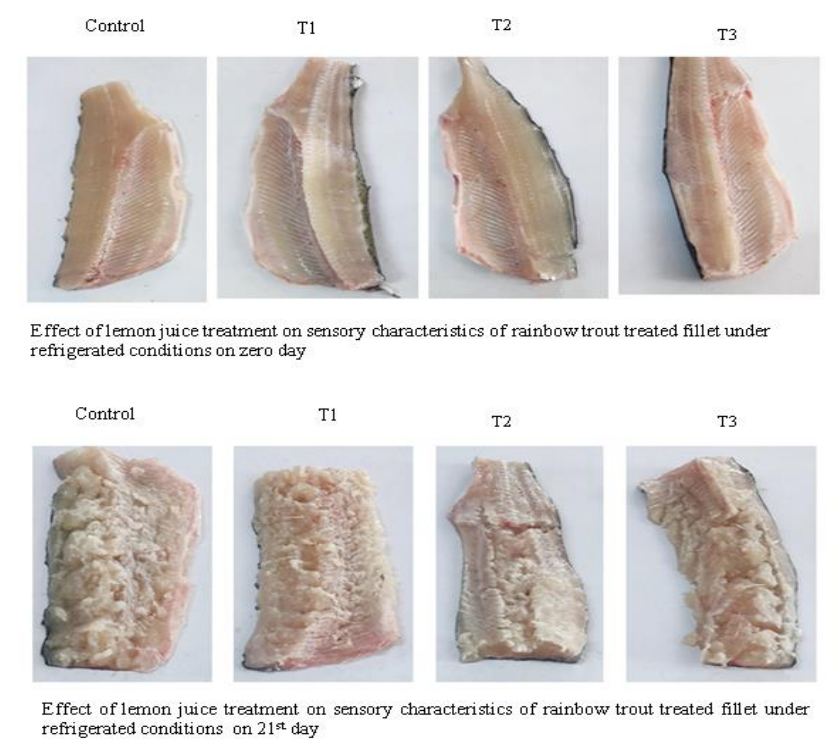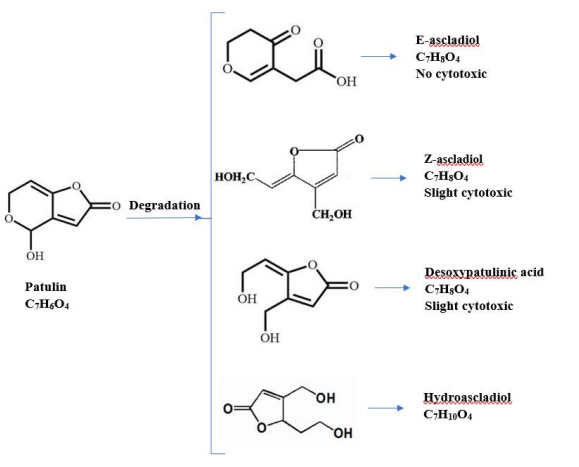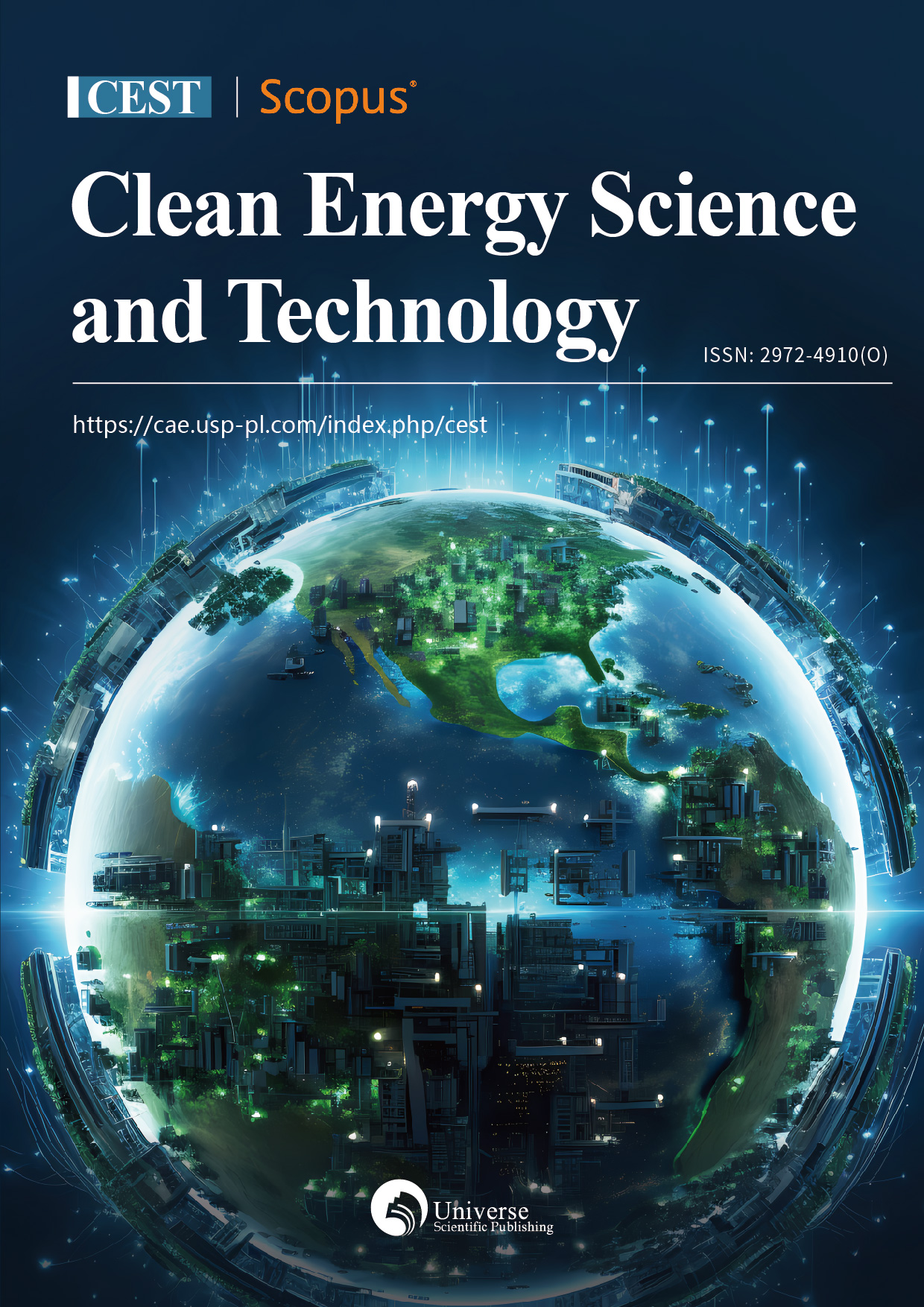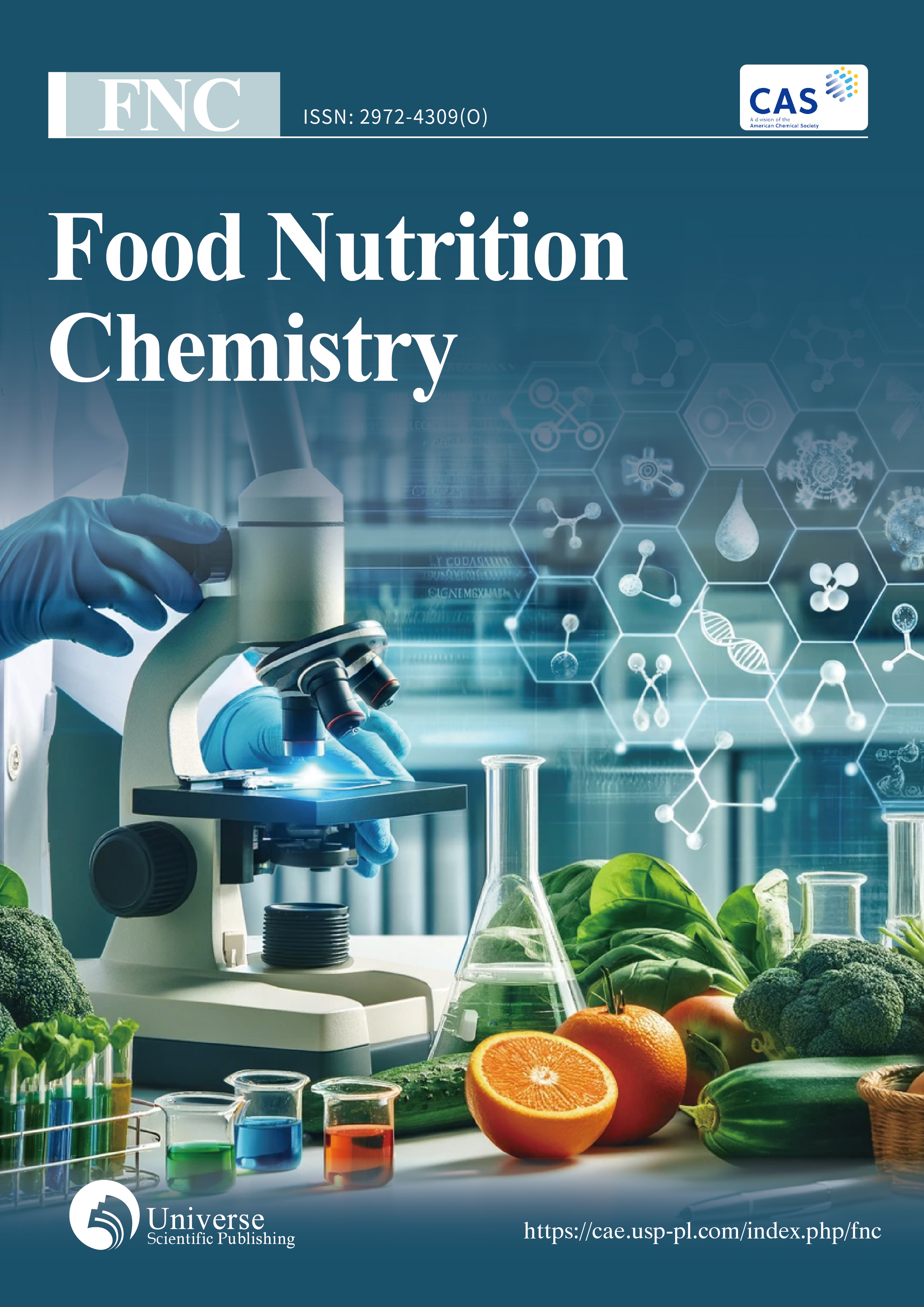
Dr. Sreedath Tulamandi
Food Packaging India PVT Ltd., India



Description
Probe - Food Science Research (ISSN:2661-3956) is an international open access journal dedicated to the advancement of knowledge in all aspects of food science, technology, and nutrition.
Our journal provides a platform for high-quality research that explores the complex relationship between food production, processing, safety, quality, and health. By bringing together experts from various disciplines, we aim to contribute to the development of innovative solutions to global food-related challenges, such as sustainability, food security, and public health.
We welcome original research articles, reviews, short communications, and so on. Through this journal, we strive to promote these key areas and encourage interdisciplinary research that bridges the gap between food science, technology, and human health.
The journal encompasses a wide range of topics in food science and related disciplines, including but not limited to:
Food Quality and Safety
Food Technology
Food Processing and Engineering
Food Preservation
Food Chemistry, Microbiology and Biochemistry
Food Packaging
GMO Food
Food and Material Engineering
Nutrition & Health
Food Sustainability & Security
Consumer Behavior & Food Trends
Food Innovation & Entrepreneurship
Waste / By-product Management in Food Processing
Food Laws and Regulations
Food Economics and Marketing
Biophysical Analysis of Food or Processing Operations
Applied Research Related to Food Nanotechnology
Articles
-
 Open Access
Open AccessArticle
Article ID: 2294
Effect of ginger extract on the quality of pangasius fish steaks during chilled storageby R. D. Palve, N. D. Chogale, D. I. Pathan, A. S. Mohite, B. M. Yadav
Probe - Food Science Research, Vol.7, No.1, 2025;305 Views, 0 PDF Downloads
The effect of ginger extract on the quality of pangasius ( P. hypophthalmus ) fish steaks during chilled temperature was studied. Pangasius fish steaks were treated with different ginger extract dilutions (2.5%, 5%, 10% and 20%), then packed in polyethylene bags and stored at a chilled temperature. Overall, the cumulative observations of biochemical, microbiological and sensory parameters, and the shelf life of pangasius fish were evaluated. Organoleptic, biochemical (pH 6.12 to 6.70, PV 1.02 to 10.24 m.eq./kg and TVB-N 3.33 to 24.58 mg/100 g) and microbial analysis (TPC 3.56 to 5.63 log cfu/g) showed that chilled stored air packed pangasius steaks treated with 20% ginger extract dilution had longer shelf life of 22 days, while untreated air packed pangasius steaks had a shelf life of 12 days. The findings of the present experiment, clearly suggest that a combination of ginger extract and chilled temperature could be used to prolong the shelf life of pangasius fish steaks.
show more
Original Research Article
-
 Open Access
Open AccessArticle
Article ID: 2006
The potential effects of two natural plant extracts, Lavandula stoechas (kalwuth) and Adiantum capillus (gavtheer), on the quality of common carp stored at 4 ℃ for 15 daysby Faisal Rashid, Tariq Hussain, Tabinda Shabir, Nazeefah Hassan, Suhaib Fayaz, Kawkabul Saba
Probe - Food Science Research, Vol.7, No.1, 2025;134 Views, 0 PDF Downloads
Fish quality is a critical concern in the food industry, as changes in freshness, taste, and nutritional content can occur during storage. The current study was aimed at exploring the ability of Lavandula stoechas (kalwuth) and Adiantum capillus (gavtheer) plant extracts to extend the shelf life and preserve the freshness of common carp at 4 ℃. Fish is highly perishable, and the use of natural additives could offer a sustainable and eco-friendly solution to reduce spoilage and enhance food safety. The treatment of both extracts was given at a concentration of 1000 ppm and a control sample was kept separately. The treated and untreated samples were stored at 4 ℃ for a period of 15 days and were taken at regular intervals for quality parameters. A significant difference in Total Volatile Base Nitrogen (TVBN), Peroxide Value (PV) and Free Fatty Acid (FFA) was observed between the control and treatments with Lavandula stoechas (kalwuth) and Adiantum capillus (gavtheer) plant extract-treated fish, as they exhibited significantly delayed spoilage compared to the control group.
show more
Announcements
Call for Papers for the Special Issue: Probe-Food Science Research
The Probe-Food Science Research should be multidisciplinary type Journal must be comprised of food chemistry, food processing, food biotech, food irradiation, value addition, food toxicology ( Mycotoxins) , food microbiology, natural potent etc. Short communications , letters and the review articles should be the regular feature of each issue. The historical / archives may also make valuable for the readers as well as contributors.
The Lead Guest Editor
Ijaz Ahmad Bhatti
Call for Papers for the Special Issue: Probe - Food Science Research
The Probe-Food Science Research should be multidisciplinary type Journal must be comprised of food chemistry, food processing, food biotech, food irradiation, value addition, food toxicology ( Mycotoxins) , food microbiology, natural potent etc. Short communications , letters and the review articles should be the regular feature of each issue. The historical / archives may also make valuable for the readers as well as contributors.
The Lead Guest Editor
Ijaz Ahmad Bhatti




